ATSC 113 Weather for Sailing, Flying & Snow Sports
Snow Climates
Learning Goal 7g: List characteristics and geographic regions of coastal, continental, and transitional snow climates.
Climate can be defined as the prevailing weather conditions in a place or region averaged over a long time (e.g. 30 years). To understand avalanche formation better, it is helpful to classify snowpacks and the kind of weather that creates them into categories based upon climate. Snow climates are generally classified as one of three types: coastal (also known as maritime), transitional (in the USA they call this intermountain but transitional is a more general term), and continental.
Coastal Snow Climate
General characteristics of a coastal or maritime snow climate and snowpack are:
- Frequent snowfall, with relatively large amounts in each storm
- High density newly fallen snow
- Relatively warm temperatures
- Coastal location
- Deep snowpack
- Most avalanches occur during or soon after storms, within storm snow layers
- Infrequent persistent weak layers in the snowpack
- Lower avalanche danger.
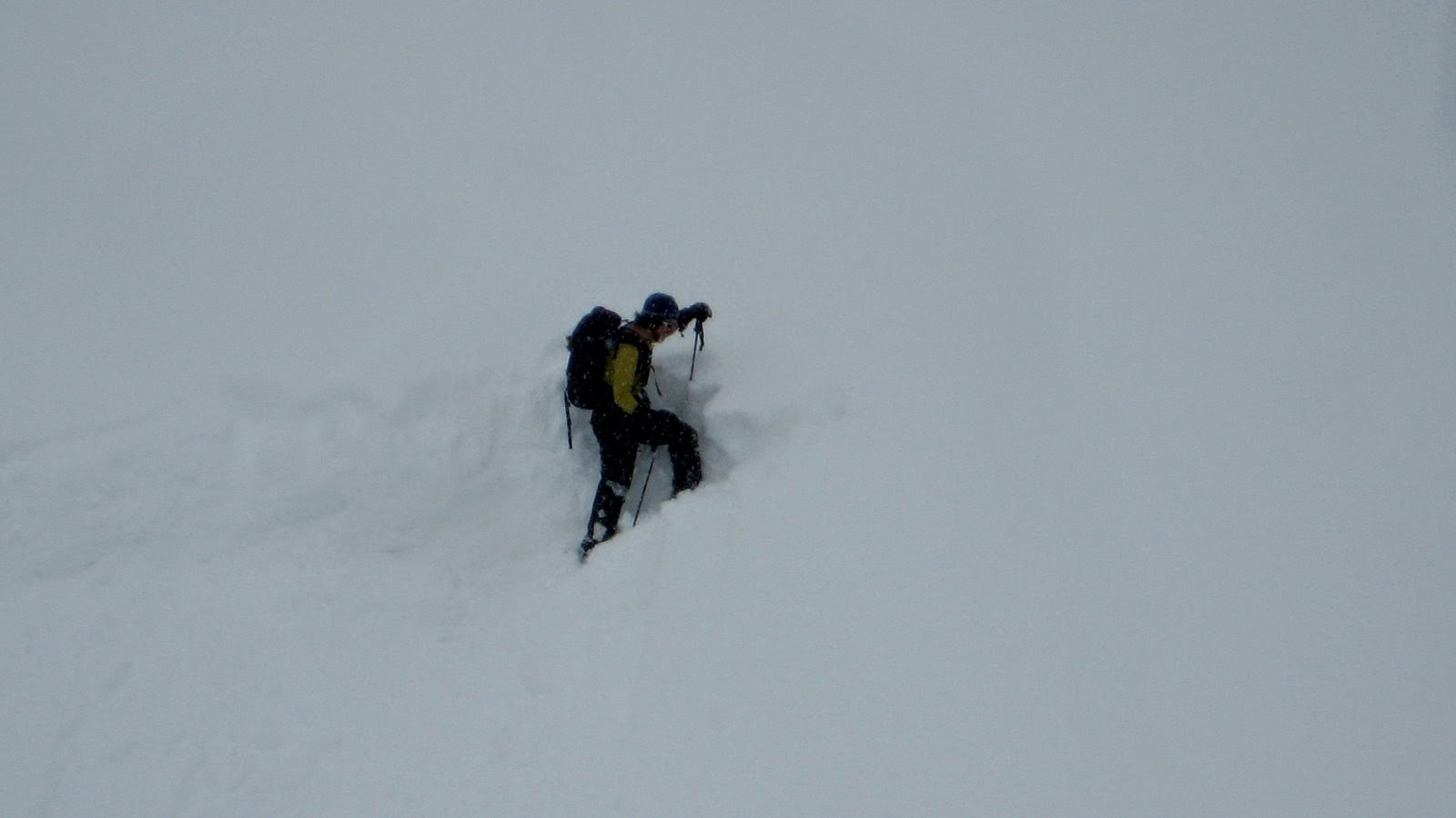
Fig. 7g.1 - Coastal snow climates can sometimes make for some very deep trail breaking. (Credit: West)
These climates tend to be on the western side of continents in the northern hemisphere, where storms have plentiful moisture from the ocean, and temperatures are moderated (warmed) to some extent by the ocean. Snowfall is relatively frequent and snowfall amounts are relatively large. The warmer and windier storms mean that newly fallen snow is relatively high density. It is possible for rain to fall at any time during the winter months, particularly at low and mid elevations. Cold arctic air is infrequent.
Avalanche occurrence in this climate is usually during or just after a storm (within 48 hrs), within snowpack layers brought by the storm snow. Persistent weak layers are sometimes present in the snowpack, but relatively uncommon.
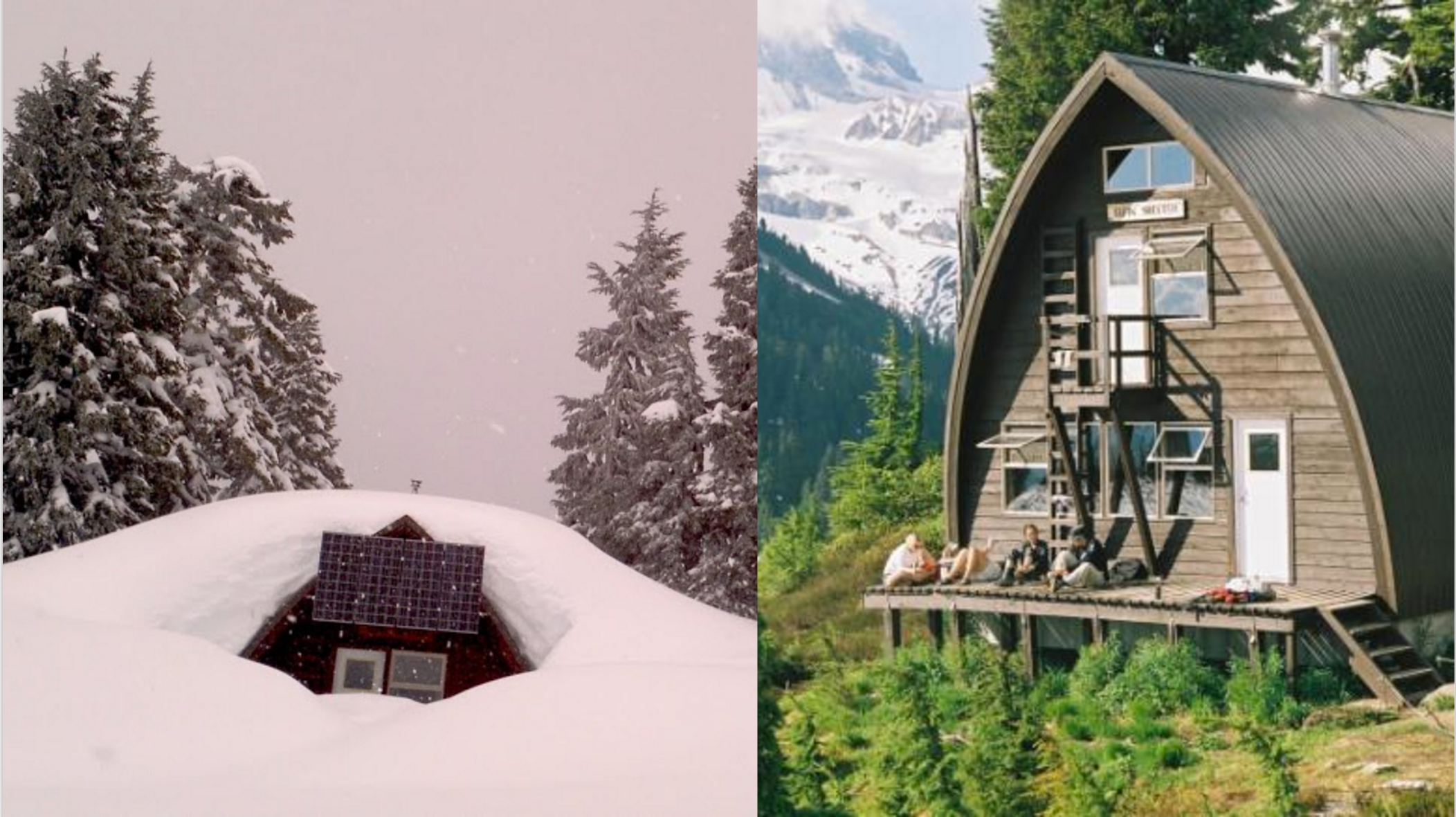
Fig. 7g.2 - Photos of the Elfin Lakes hut in the Coast Mountains of BC in winter (left) and summer (right) ...if it wasn't obvious which was which! In this very deep snowpack year snow depth exceeded 10 m in some mid-elevation locations, likely even deeper up high! (Credit: [left] West, [right] UBC Varsity Outdoors Club)
Examples of locations are:
- The Coast Mountains (BC) (Fig. 7g.3)
- The Cascades and Sierra Nevada ranges (USA)
- The mountains of western Norway.
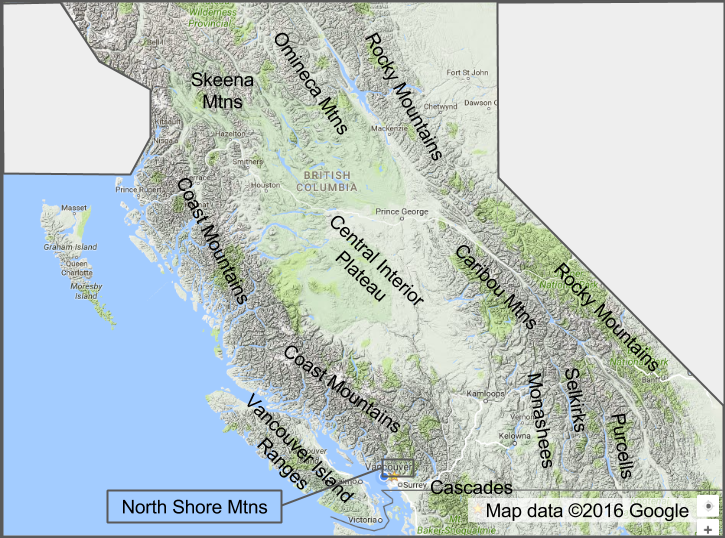
Fig. 7g.3 - The mountain ranges of British Columbia (BC). (Credit: Google/West)
Learning Goal 6n discusses these mountain ranges in more detail - the map is shown again here for your reference.
Transitional Snow Climate
There are some regions that experience a climate that has a mixture of maritime and continental snow climate characteristics. General characteristics of these transitional or intermountain snow climates are:
- Frequent snowfall, with moderate amounts of snow in each storm
- Moderate density snow
- Snowpack of moderate depth
- Some storm snow avalanches
- Infrequent persistent weak layers
- Lower avalanche danger.
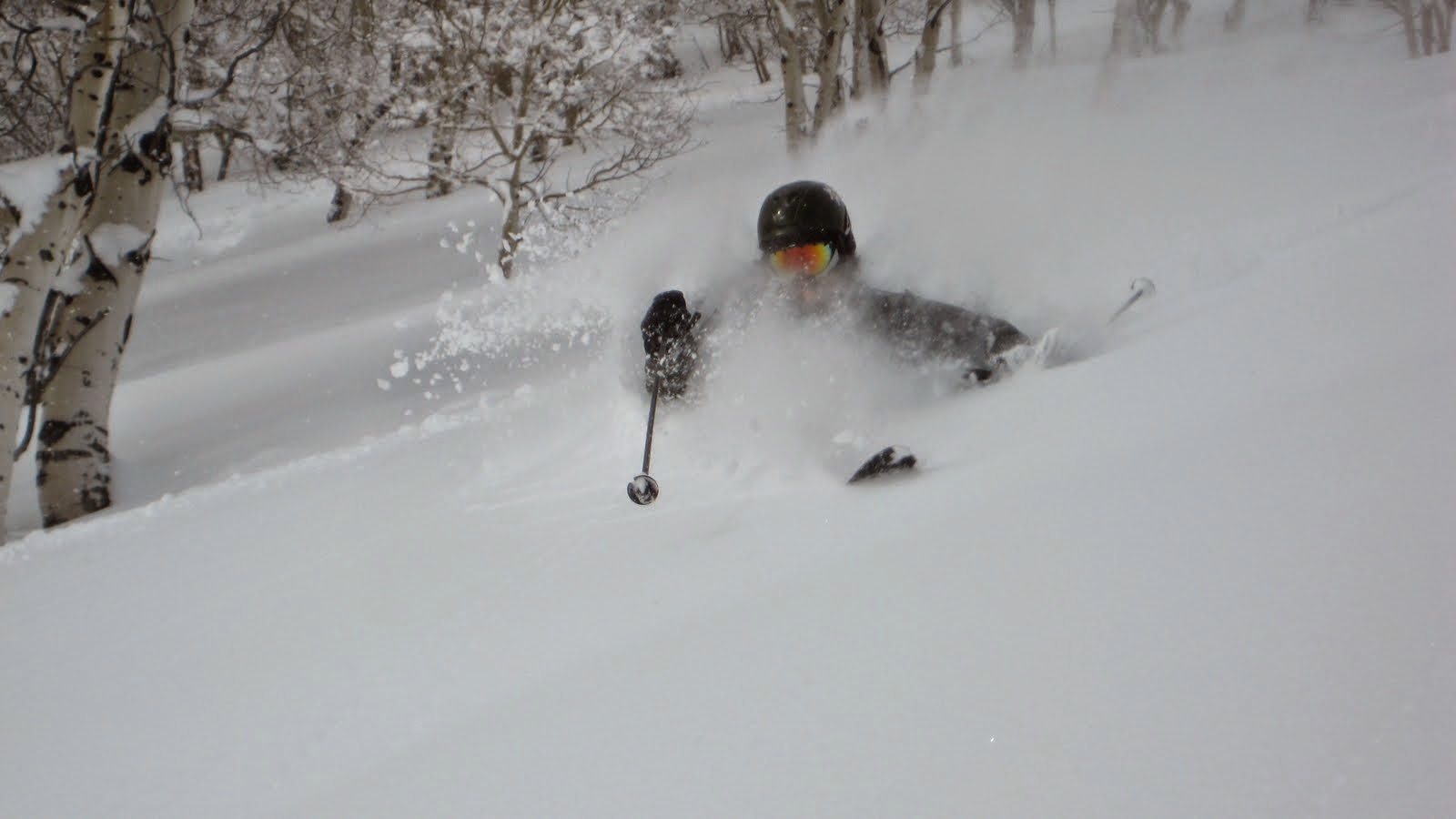
Fig. 7g.4 - Transitional snow climates are your best bet for high quality powder skiing. Wasatch backcountry, Utah, USA. (Credit: West)
Transitional snow climates see fairly frequent snowfall like coastal climates. The cooler temperatures (compared to coastal/maritime) mean that new snow is more in the medium density range, optimal for powder skiing. The frequent snowfall limits the formation of weak layers which tend to form during long, cold, dry periods. Less windy conditions lower storm avalanche danger to some extent.
Transitional climates are typically just inland from the coast, so that storms will have already precipitated some of their moisture over upstream mountain ranges. These upstream ranges also block some of the warmest air that may attempt to penetrate inland form the coast. They are also not the furthest-inland ranges, so some of the cold, continental, arctic air is blocked from reaching them by ranges to the east. For many skiers this is the "Goldilocks" snow climate, where the snow is "just right". The term was coined by University of Utah Professor Jim Steenburgh in his book Secrets of the Greatest Snow on Earth.
Examples of transitional snow climates are:
- The Selkirks, Monashees, Purcells, and Caribou ranges in BC (Fig. 7g.3)
- The Wasatch (Utah, USA) and Tetons (Wyoming, USA)
- Much of the European Alps
- The northern Japanese Alps.
Fig. 7g.5 gives examples of mountain ranges in coastal/maritime, transitional/intermountain, and continental climates for the US.
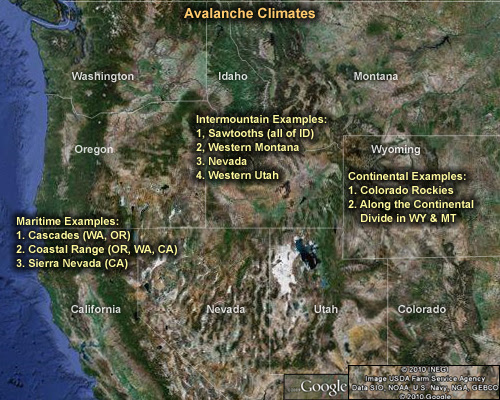
Fig. 7g.5 - Typical snow climates and their locations in the USA. (Credit: COMET/UCAR)
Continental Snow Climate
General characteristics of a continental snow climate and snowpack are:
- Low snowfall
- Low density snow
- Cold temperatures
- Inland location far from the coast
- Shallow snowpack
- Persistent weak layers
- Higher avalanche danger.
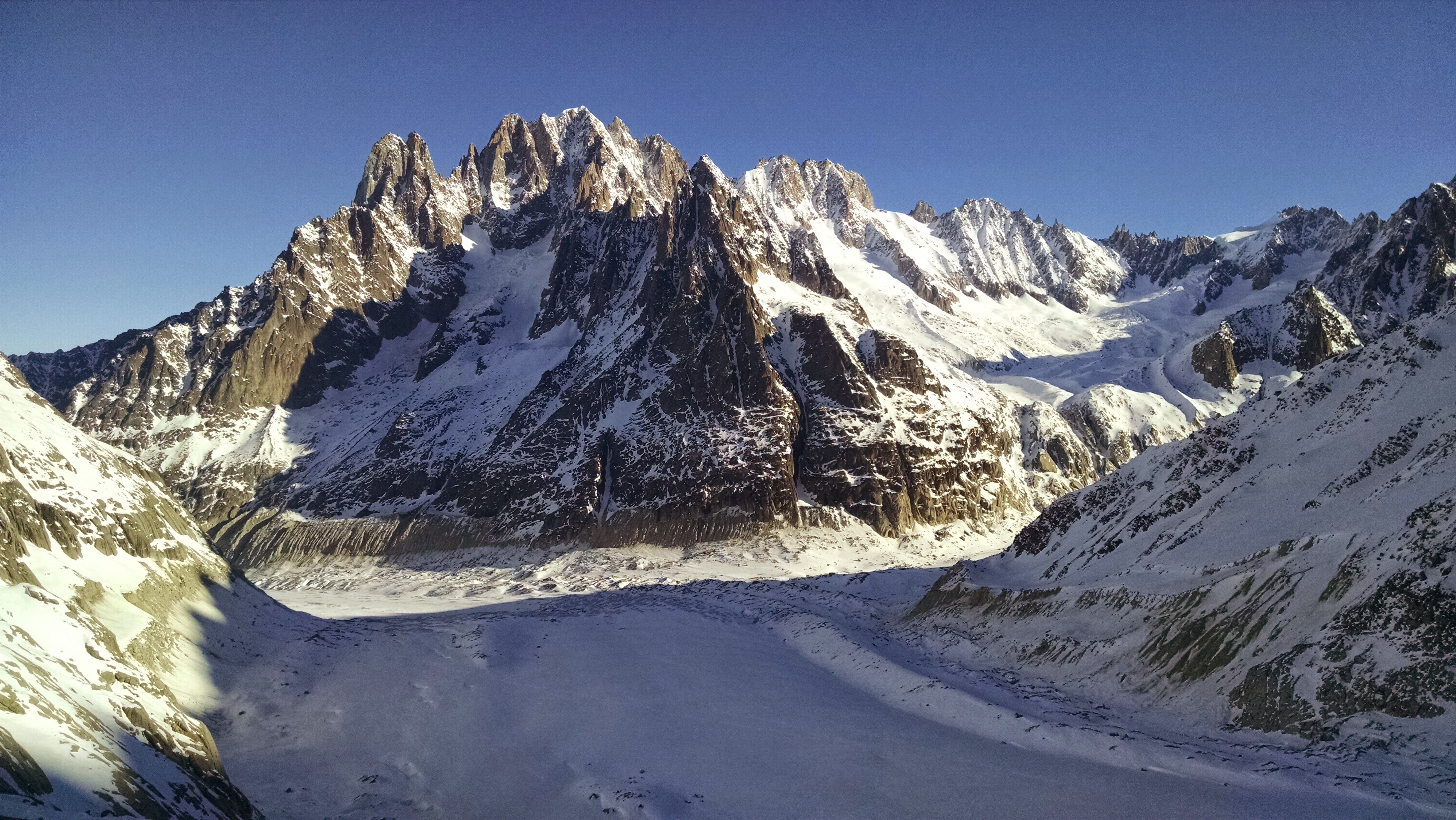
Fig. 7g.6 - Some parts of the european Alps have more continental snow climates. This photo is from a slightly below average snow year in Chamonix, France. (Credit: West)
Continental snowpack climates are far inland away from moisture sources, and see more frequent dry cold air, often with arctic airmasses arriving from the north. Storms are less frequent and individual storm snowfall totals are smaller. Longer breaks between storms makes for more blue-sky days, but also many cold, clear nights.
The cold, clear nights allow for facets (Learning Goals 7de) and surface hoar (Learning Goal 7i) to develop. As we learned in Learning Goal 7f these can become persistent weak layers. This means more frequent dangerous avalanche conditions. In these regions, backcountry slopes that are steep enough to avalanche may be largely left unskied all winter.
Examples of locations are:
- The Rocky Mountains (Canada and US) (Figs. 7g.3 and 7g.5)
- The Pamirs (Asia)
- The Brooks Range (Alaska, USA).
Summary
Categories are convenient and the generalizations we've made about the different snowpacks are just that. There are always exceptions. It's possible to get a warm storm with heavy, wet snow in a continental snow climate. Coastal snow climates sometimes get persistent weak layers. And so on.
Putting a mountain range in one category doesn't always work. Weather changes dramatically across a range. The Coast Range of BC could be argued to have a coastal snow climate on the western side, and a transitional or even continental snow climate on its eastern side.
Categories are convenient for characterizing regions, but ultimately it's most important to know the recent snow history of wherever you're skiing for the current season. For example, did the Coast Mountains have an unusually cold, clear, dry period earlier this season during which a weak layer developed? Are the Rockies expecting a big warm up where they may see some rain during your upcoming trip? Information about what has happened with the snowpack in a given area so far this season, and what is forecast to happen while you're skiing, is the most pertinent for having a safe, enjoyable outing.
Keywords: climate, coastal, continental, facets, persistent weak layers, snowpack climates, storm avalanche, storm snow, surface hoar, transitional
Figure Credits: Stull: Roland Stull, West: Greg West, Howard: Rosie Howard